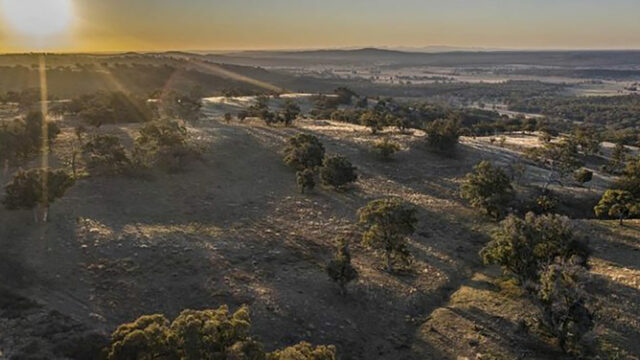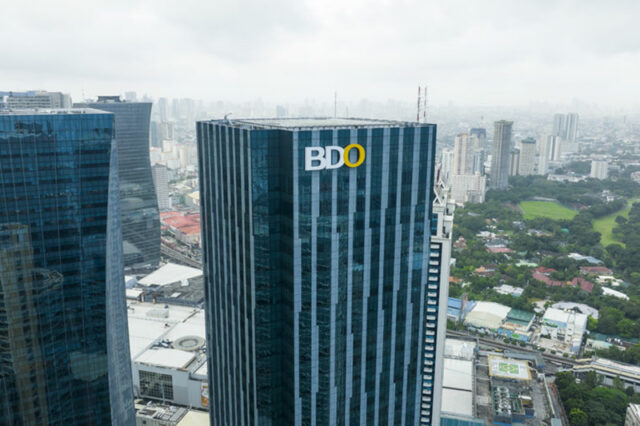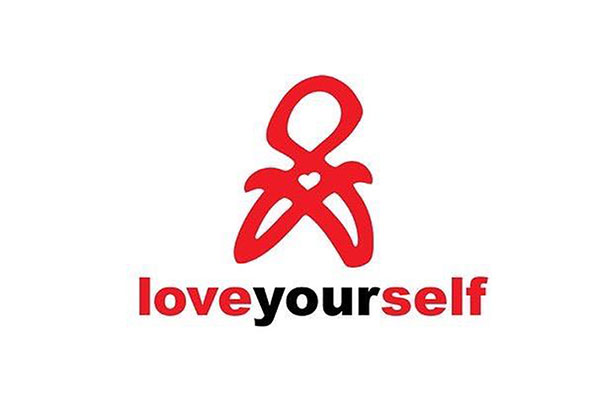(Part 1)
WE’RE ALL AWARE that 2023 was a harsh year for our planet. It was the hottest year on historical record by a substantial margin of +0.15°C over the previous high set in 2016; and it’s most likely the hottest year in the last 100,000 years.
However, with many parts of the globe experiencing their hottest summer on record these last few months, 2024 is well on its way to becoming the hottest year ever. The extreme heat has brought about:
• Deadly wildfires like those experienced in the South American countries of Brazil, Venezuela, Bolivia, and especially Chile, where 123 people perished in the country’s deadliest wildfire;
• Scorching heatwaves such as those experienced in India, Mexico, the Middle East, and in several other Asian countries — Thailand, Bangladesh, Vietnam, Cambodia, Myanmar, Laos, and the Philippines — which suffered further exacerbation from El Niño. As if to remind us of El Niño’s severity, the old Pantabangan town that was submerged in the 1970s reemerged as the Pantabangan dam’s water level dropped 50 meters from its normal level of 221 meters;
• Severe droughts such as those experienced in Southern Africa that threatened food security for millions of people and affected livestock;
• Record-breaking levels for ocean heat and acidification that fueled typhoons and cyclones with stronger winds and heavier rainfall, causing floods and even landslides; and,
• Alarming sea level rise, Antarctic Sea ice loss and glacier retreat. Note that Antarctica can potentially raise sea levels by 58.3 meters. This is why it’s called the “ice locker” of the world. Note also that, while sea ice and ice shelves do not raise levels when they melt, they hold back glaciers from sliding into the sea. And if they break or calve, they pave the way for glaciers and ice sheets behind them to slide in.
Today, there is no one and no place on the planet that’s spared from the “unprecedented fury” unleashed by the increasing number and more frequent occurrence of extreme weather events that are also “supercharged” by climate change.
What scientists have been fearing and warning us on the devastating effects of climate change continue to unfold every single day now, highlighting our own vulnerabilities to the powerful wrath of nature. Our own actions led us to the climate crisis we now face, yet the cost of further inaction to address this crisis head on can only be catastrophic.
What’s more, the world is not on track in limiting global warming to 1.5°C, according to the 2023 Global Stocktake (GST), a core component of the 2015 Paris Agreement that assesses each country’s progress on climate action and encourages them to augment their climate goals. The slow mitigation could have been compensated by adaptation to shield us from the worsening climate change impacts, but the UNEP Adaptation Gap Report of 2023 noted the world is also underfinanced and underprepared from the climate hazards.
A key finding from the recently published 2024 World Risk Report reveals that “crises and risks are becoming increasingly complex and interconnected. Extreme weather events, conflicts and pandemics overlap and amplify each other. Global trends such as climate change, population growth and political polarization promote multiple crises and intensify their effects.” It’s also disheartening to note that the Philippines remains to be among the top countries most vulnerable to disaster risks as it’s lacking the needed coping and adaptive capacities to mitigate them.
Amidst all these, how then can we secure a decarbonized and regenerative future?
In recent years, I’ve been actively speaking about the global Journey to Net Zero through these three phases, namely, (1) reducing the current level of greenhouse gas (GHG) emissions — estimated by a United Nations body at 59 gigatons per year; (2) then eliminating all GHG emissions and getting to Net Zero by 2050; and (3) reducing finally the concentration of GHGs in the atmosphere to achieve net negative emissions.
The ultimate goal here is to solve the climate crisis that, by all accounts, is undeniably real and in urgent need of action. We have a narrowing time frame of the next 25 years to make our every action count and avoid irreversible damage to our planet. There is no other way to go but Net Zero.
Progress through phases 1 to 3 in the journey to Net Zero has many facets beyond just energy. It spans agricultural practices, food production, waste management practices, building designs, construction materials, industrial processes, deforestation, fluorinated greenhouse gases or f-gases used in refrigeration and many others.
All these facets present opportunities for the private sector to help scale up their decarbonization ambitions. They require as well more creativity, innovation, out-of-the-box thinking, and even seeing around corners.
On the other hand, the key elements of the energy transition involve these five cornerstones:
1) Reducing the carbon intensity of electricity;
2) Scaling up energy efficiency efforts;
3) Electrifying as much of transport and the industrial sectors;
4) Using carbon-neutral fuels for other hard-to-reach sectors; and
5) Deploying nature-based and man-made carbon capture, use and storage.
All these will have immense implications for the central role of the electricity grid. The most important point is that, by 2050, we will need five times the electricity — and 10 to 12 times the clean energy — we use today.
For the First Philippine Holdings/Lopez Group, our diverse portfolio of clean and renewable energy sources allows us the best opportunity to shepherd our country’s energy transition to Net Zero. Aligned with the Philippine Energy Plan, we’ve set our target to grow our low-carbon energy portfolio to 13,000 megawatts (MW) by 2030, of which 9,000 MW will be from renewable energy.
At Energy Development Corp., we’ve embarked on a multiyear, well-drilling operation to expand output for our various geothermal power plants to ensure a more steady and reliable supply from one of the few renewable energy sources capable of delivering power on a 24/7 basis. We’ve also lined up our expansion and growth projects in hydro, solar and wind that we will be pursuing in the next few years.
Still, we recognize the importance to keep the lights on during this energy transition, more so with the imminent depletion of our Malampaya natural gas reserves. We’ve completed our liquefied natural gas (LNG) terminal at the First Gen Clean Energy Complex and ushered our floating storage and regasification vessel, the BW Batangas, into the Batangas Bay. Our LNG facility is ready to make up for any shortfall in Malampaya production and continue to power our natural gas plants.
This early though, we are looking at new technologies and alternative fuels to repower our natural gas plants, consistent with our own commitment to Net Zero by 2050.
As we clean up our energy grid, we are also working to scale up energy efficiency as the “first fuel” and encourage its use everywhere. We’ve been developing our own arsenal of solutions such as rooftop solar, remote energy monitoring systems that allows consumers real-time updates of energy consumption, energy efficiency audits and energy solutions for commercial and industrial establishments, and distributed microgrids and resilient power solutions that can deliver reliable electricity.
In navigating this energy transition, we are also advancing our regenerative mission as we bear in mind the need to provide electricity to many more Filipino households who have never been fortunate enough to have 24/7 electricity in their lives.
A few days before Christmas 2021, our FP Island Energy microgrids started lighting up the lives of over 2,100 households in the islands of Haponan, Lahuy, and Quinalasag in Camarines Sur. This access to 24/7 electricity has allowed residents to engage in small businesses such as ice-making for their daily fish catch, printing services, mobile charging, internet access and online banking services. Teachers now use computers and printers in delivering lessons and school materials, and we’ve even donated Knowledge Channel’s portable media library to some schools so students get to participate in more on-demand, interactive learning.
(To be continued)
Federico R. Lopez is the chairman and chief executive officer of First Gen Corp. and its parent firm First Philippine Holdings Corp. He is also chairman of First Gen subsidiary Energy Development Corp. This commentary was lifted from the keynote speech that Mr. Lopez delivered during the Net Zero Carbon Alliance 2024 Conference held at The Fifth At Rockwell in Makati City.
















